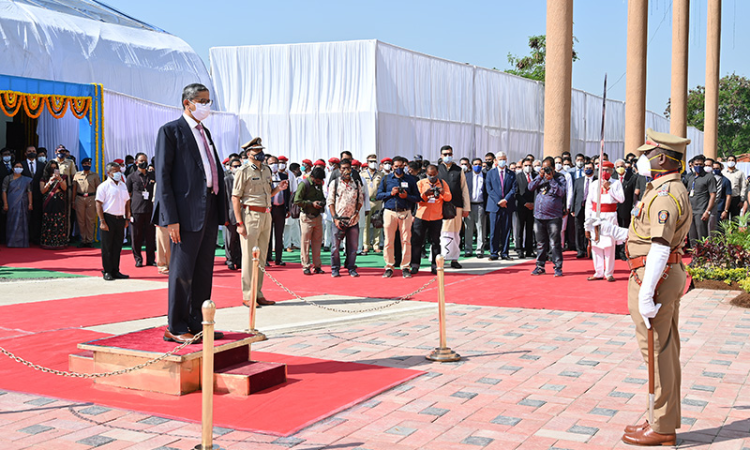Courts In India Have Repeatedly Upheld Rights & Freedoms Of Individuals : CJI Ramana
Mehal Jain
23 Oct 2021 1:21 PM IST

Next Story
23 Oct 2021 1:21 PM IST
The Chief Justice of India NV Ramana on Saturday said that the Courts in India have repeatedly upheld the rights and freedoms of individuals. "They(courts) stood up whenever the individuals or society are at the receiving end of the executive excesses. It is an assurance that the seeker of justice, howsoever weak, need not worry about the might of the State", the CJI said.The CJI was speaking...
